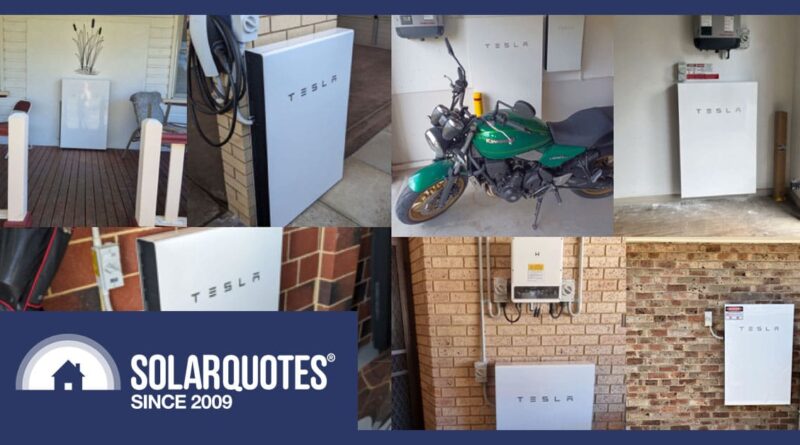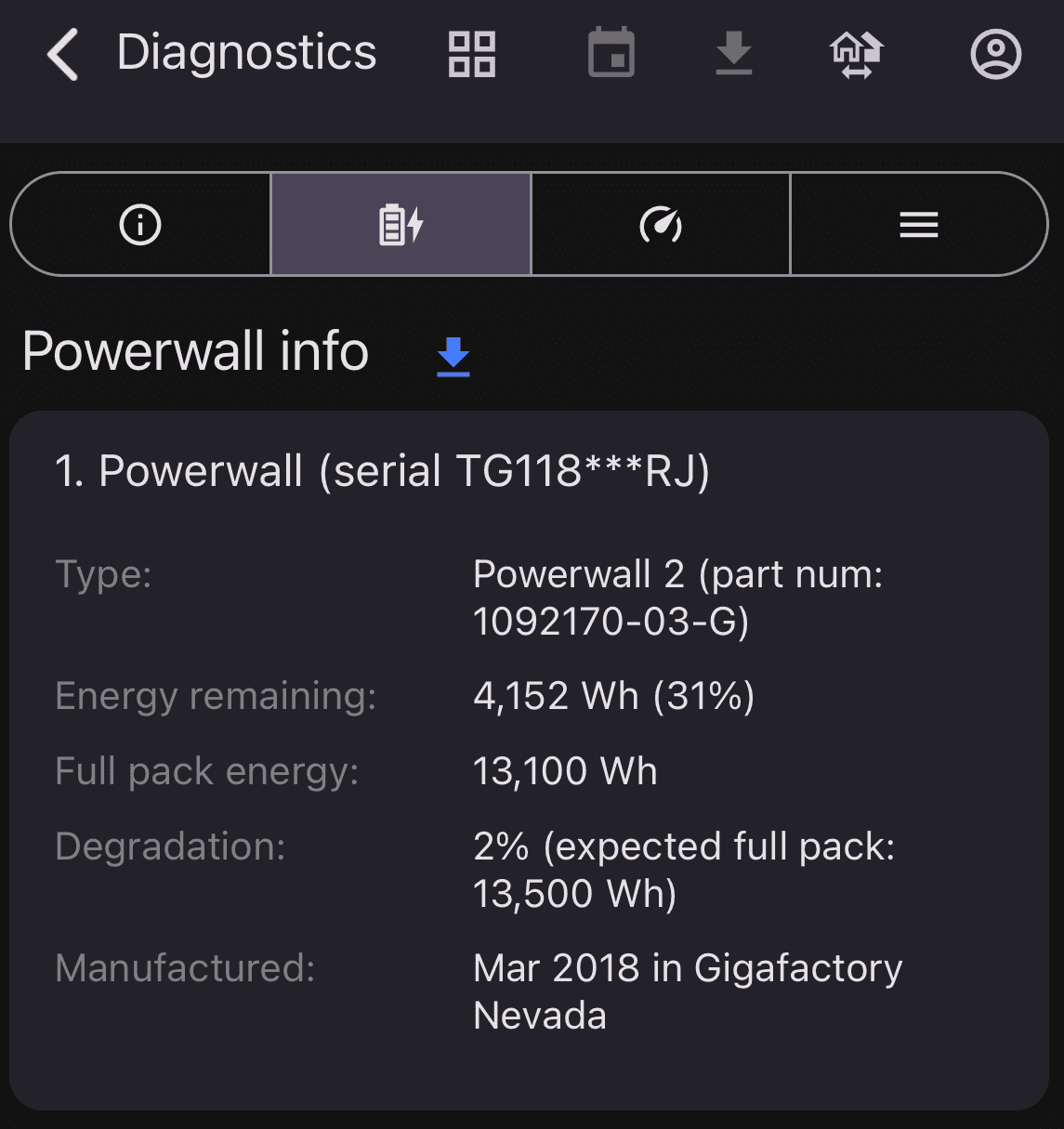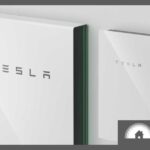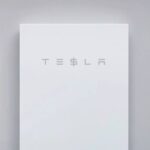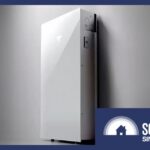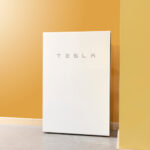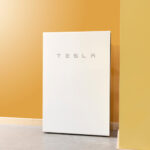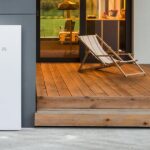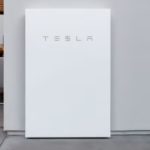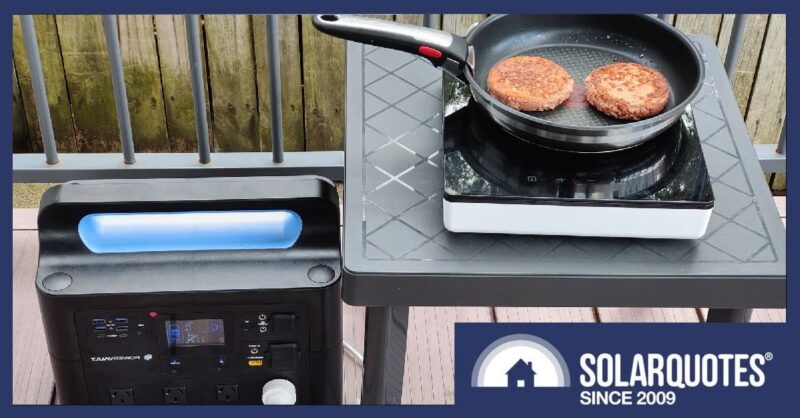Refurbished Realities: Joe’s Warranty Tussle With His Tesla Powerwall
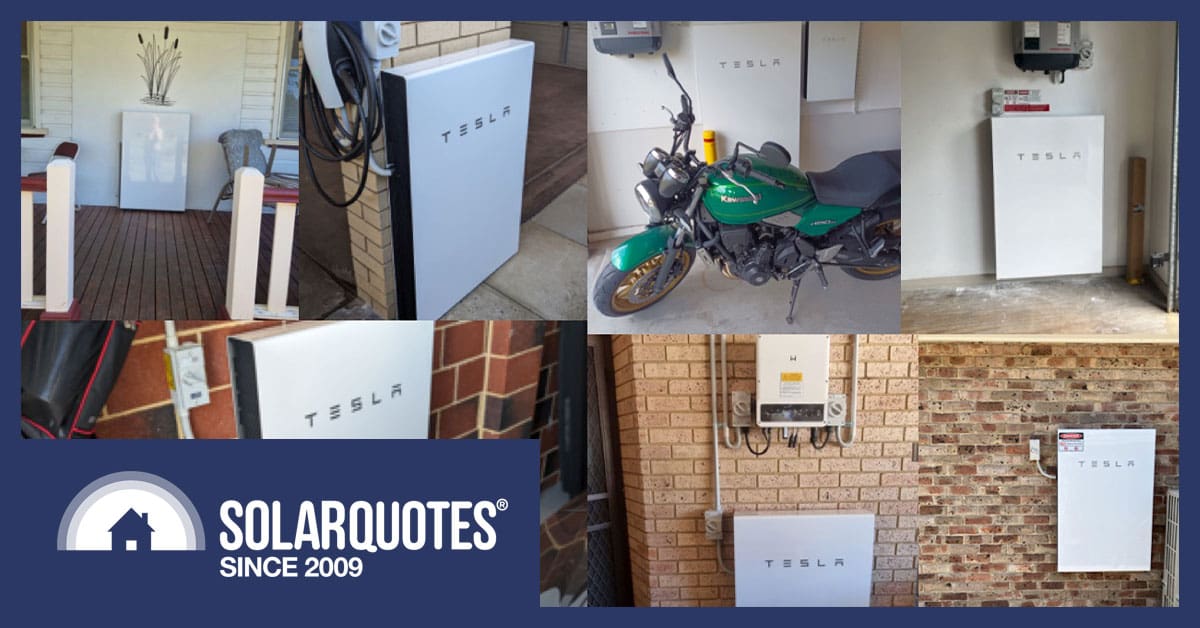
If your brand-new Powerwall falters, brace yourself for nothing more than a refurbished replacement from Tesla. At least that’s the experience SolarQuotes reader Joe had when his Powerwall stopped working two months after being installed.
To add insult to injury, the refurbished battery had a significantly reduced capacity compared to the original one. Joe wouldn’t have a bar of it, and after being drawn into an unwanted battle with Tesla, he managed to get a more suitable replacement.
Tesla’s Powerwall Warranty
Listen up, Powerwall owners; it’s time to check your paperwork! Did you know the Tesla Powerwall warranty states:
“A Powerwall presented for repair may be replaced by a refurbished Powerwall of the same type”
That sounds a bit crap, but don’t despair. It also says:
“Tesla will, at its own discretion, either repair your Powerwall, replace your Powerwall with an equivalent product, or refund you the market price of an equivalent product at the time of the warranty claim.”
So, by Tesla’s warranty, you’d expect an “equivalent product” to be at least equal to the original product.
But what if the original Powerwall Tesla delivered had more capacity that the 13.5 kWh promised in Tesla’s specs? Should Tesla’s replacement match the bigger capacity or are they only obligated to match their paper spec?
How Joe’s Powerwall Went From Hero To Zero
Last July, Joe used SolarQuotes free ‘Get 3 Quotes‘ service to enquire about installing two Tesla Powerwall batteries. He proceeded with one of the quotes, and installation occurred about a month later. He was very impressed with the installer.
Only two months later, one of his solar batteries failed. Joe contacted the installer, who then came to check it out. Due to a communications issue, the system wasn’t picking up the second battery. He tested all the comms cables, changed the terminal block and re-terminated the wiring, but an error message continued to appear. The installer tried multiple times to call Tesla tech support but never received a callback, so then shot them an email.
The next day, Tesla support emailed back that they had tried to retrieve data from Joe’s Powerwall remotely, with no luck. They suspected a sensor issue and were kickstarting the warranty process. The installer was quite surprised, as this was the first time one of his installed Powerwalls needed replacing. Up until then, they appeared to be bulletproof.
Unbeknownst to Joe, Tesla arranged to have the batteries switched out with a different installer. Everything went smoothly, and all was done less than two weeks after he’d raised the issue. And that’s really when the story starts.
The Refurbished Battery Discovery
It took only a short time for Joe to realise that the replacement battery had a lower capacity than his other, still working, original battery. When logging into the Gateway and making the appropriate API request, the system reported a nominal full-pack energy of 13.9 kWh in the replaced unit compared to 14.9 kWh in his original Powerwall.
Joe queried this with his original installer, who was still providing help, asking why the supposedly brand-new replaced Powerwall would have a lower capacity than the original battery. The installer immediately contacted Tesla, posing the same question and prompting them to investigate it.
Nine days later, Tesla Support emailed back that they guaranteed 13.5 kWh of energy out of the box, and both batteries are above the 13.5 kWh. Although a refurbished replacement battery is expected to have degraded more than a new one, it’s still above 13.5 kWh, and asked, “Can you tell how the customer is seeing the new battery is under 13.5 kWh?”
Joe’s installer relayed this information, alluding to the reality that he might have to wait until the battery capacity was below 13.5 kWh to make his next move. Joe was furious that Tesla had given him an inferior refurbished battery to replace his brand-new Powerwall without being told. However, he realised that a persistent, pragmatic approach was needed to get a just outcome.

Tesla Powerwall 2 warranty states that they will replace your Powerwall with an equivalent product, which may be refurbished. But, a refurbished battery doesn’t sound equivalent to a two-month-old battery to me.
13.5 kWh And Falling
Over the next six weeks, Joe monitored the capacities of both batteries, and it was only a short time before the battery in question had degraded below the magic 13.5 kWh. Since the installation of the refurbished Powerwall, the capacity of his original battery remained virtually unchanged, while the replacement’s capacity had dropped by more than 5%. It was now 2% below the 13.5 kWh nameplate capacity that Tesla guarantees.
Refurbished Powerwall
- On the day of refurbished install: Full pack energy 13,988 Wh
- Six weeks later: Full pack energy 13,263 Wh
Original Powerwall
- On the day of refurbished install: Full pack energy 14,929 Wh
- Six weeks later: Full pack energy 14,926 Wh
The Battle Begins
Now armed with this data, Joe wrote directly to Tesla Support, with his installer CC’d. He conveyed his latest findings eloquently and requested a proper replacement, “that was equivalent to the item that I had purchased only a few weeks earlier.”
The installer, who was very supportive, chimed into the conversation, letting everyone know that if Joe’s latest attempt to get a suitable replacement was approved, he had some batteries in stock and could install one as soon as possible.
Unbelievably, Tesla Support stubbornly wrote back, telling the installer they couldn’t give the green light to go ahead. They said that even though the battery capacity was now about 13.3 kWh, it was over 13.5 kWh on the installation date!
They attached the warranty document, highlighting the text:
“Your Powerwall will have an energy capacity of 13.5 kWh on its initial installation date and will retain energy capacity of 70% at ten years following the initial installation date.”
Joe was fully amped up now, and the gloves were off. In his reply, he told them that their so-called warranty was not relevant when we have Consumer Guarantees in Australia that cannot be overridden:
“Your response only mentions the warranty, which is a voluntary promise made by Tesla with respect to the long-term performance of a Powerwall battery… Tesla’s warranty is of no relevance in this matter. What is relevant is Tesla’s responsibility to adhere to Australian Consumer Law by supplying a replacement for the product I purchased, which is of the same level of quality and capability as the original. It is clear that this isn’t the case. As such, I request again that Tesla provide a brand new battery to replace the existing refurbished battery.”
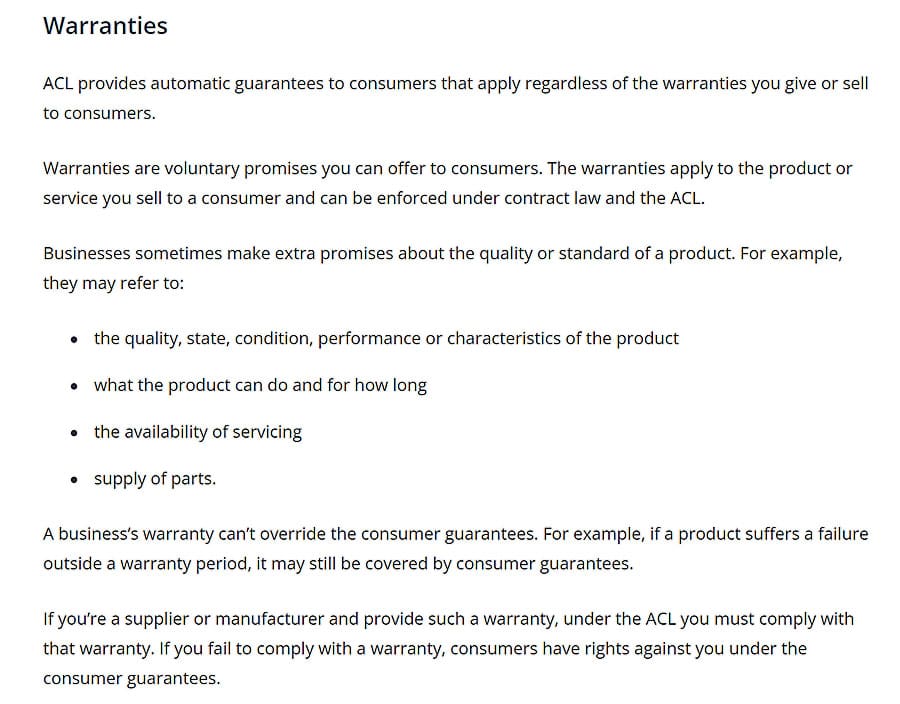
Consumer Guarantees Factsheet – warranties for businesses. Warranties are voluntary promises vendors can offer to consumers.
Persistence Pays off For Joe
Tesla Support sat on this for a couple of days, then replied dismissively,
“Tesla has the option to supply either a refurbished Powerwall or an identical one. Please review page [blah blah blah] of the warranty document for clarification.”
This was followed with the patronising comment,
“I’ll consult with management to see what we can do.”
Joe was tired of this bullshit and replied by re-iterating the points in his previous emails and letting them know that “if this does not provide the outcome that I am seeking, then I will commence steps to seek input and support from the relevant NSW consumer protection authorities.”
To cut a long story short, this extra prodding by Joe worked. His warranty claim was escalated up the chain of command, and after a further week’s worth of to-ing and fro-ing, he received confirmation that Tesla would replace his battery with a new one. He now has a brand-new Powerwall happily humming along next to his original one. These are the full-pack energy readings:
New replacement Powerwall
- On the day of the new install: Full pack energy 14577 Wh
- As of the time of writing: Full pack energy 14280 Wh
Original Powerwall
- On the day of the new install: Full pack energy 14919 Wh
- As of the time of writing: Full pack energy 14726 Wh
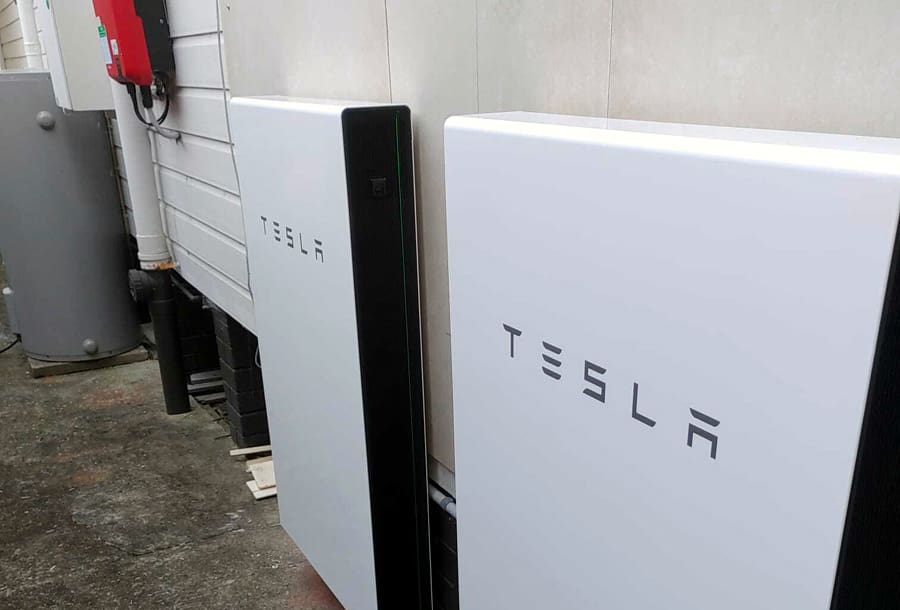
Joe’s two Powerwalls, now happily humming along side by side. Aww don’t they look cute?
Tesla’s Transparency Is Eroding
Some Powerwall owners have reported no longer seeing their battery full-pack energy using the API through the Tesla Gateway. Sometime during the last firmware update, this function quietly disappeared. It looks like Tesla was hoping nobody would notice, but plenty of people sure have!
It certainly throws up a red flag regarding Tesla’s transparency, given that Joe’s ability to monitor his batteries was the foundation of his warranty claim.
Touché Tesla, but the game isn’t over yet. There are still multiple ways to check a Powerwall’s capacity:
1) Download this third-party app Netzero for Tesla. “Monitor and optimise your energy system with a single-screen display, Powerwall degradation tracking, solar generation analysis, Emporia energy monitor support, and more!”
2) Download SolarQuotes’ DIY Battery Health Estimator and do it yourself! This method is clunky, but being a bit more of a hands-on approach, it allows the user to understand their charging and discharging cycles better. It’s also possible to use this on other battery brands.
Note from Finn: I tried this just now – NetZeroApp says my 6 year old Powerwall is sitting at 13.1 kWh. Kim’s Battery Health spreadsheet estimated 12.7 kWh capacity was left.
Tesla’s Customer Service Challenge
Readers, don’t get me wrong. In some instances, Tesla’s use of refurbished batteries for warranty replacements is a legitimate practice. For example, if your battery was a few years old before it gave up the ghost, it would be perfectly acceptable to be offered a suitable refurbished battery as a replacement.
In Joe’s experience, however, in not offering a brand-new battery to replace his failed, 2-month-old Powerwall, Tesla fell short of their usual Australian customer service standards.
Original Source: https://www.solarquotes.com.au/blog/powerwall-warranty-problems/

